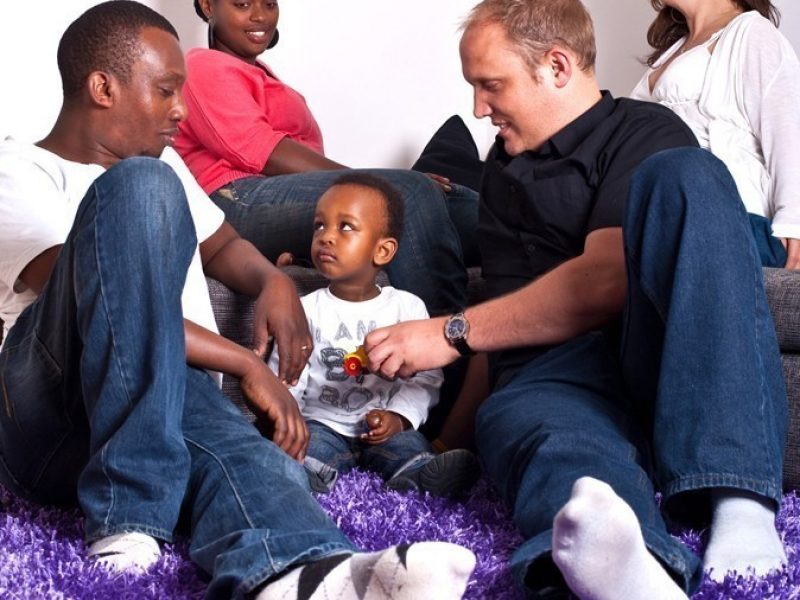Involving the genetic mother or surrogate
For some intending parents, the genetic donor and or surrogate is already very much part of their life. In these situations the decision is mostly how to include them, rather than whether or not to include them.
But for others, the genetic donor and or surrogate is more removed from their life. This may especially be the case when commercial surrogacy is used. In this situation, the decision of whether or not to include the genetic donor or surrogate is more relevant.
If you do decide to include them, there are many different ways to do this.
This might involve face-to-face contact or remote contact. For example, you may choose to occasionally send video updates or a letter outlining the key milestones of your child’s life. You might consider involving them at the child’s special events.
There may be advantages to keeping the genetic donor updated on the child’s development. For example, should the child ever wish to seek out their genetic donor it may be of some comfort to them to know that they already have some knowledge of their life. Admittedly though, not all children will try and seek out their genetic donor or surrogate. Also, not all genetic donors or surrogates want or need to receive information.
Legitimizing the family unit
Similarly to lesbians and bisexual women in same-sex relationships that use unknown sperm donor to have a baby, some men prefer to not involve the genetic mother or surrogate at all after the birth of their child. Some researchers have suggested that this approach might be put in place to help legitimize the role of the father(s) and legitimize the new family unit that has been created.
Keeping the genetic donor at a distance may avoid any partner feeling threatened by having contact with her. It might be that you are aware of the contribution that the genetic donor and or surrogate has made, but you have little interest or reason to continue to involve them in your family.
Creating your unique family
The decision of whether or not to remain in contact with the genetic donor or surrogate is the intending parent(s) to make. It might be easier and preferable to have limited involvement. Alternatively, you might prefer close contact throughout the pregnancy only. If you choose to include the genetic donor or surrogate then careful consideration regarding the boundaries around their role and the extent of their involvement will help.
Whatever you decide, the key is to be honest and open about what you would like. Be clear about your hopes and expectations early on, and if you are uncertain about how you would like to proceed, then also be honest about the uncertainty that you are experiencing. Listening to the wishes of the donor and surrogate is also important. Potentially, all will benefit if everyone clearly expresses their wishes.
References
Berkowitz D, Marsiglio W. Gay Men: Negotiating Procreative, Father, and Family Identities. Journal of Marriage and Family 2007;69:366-381.


